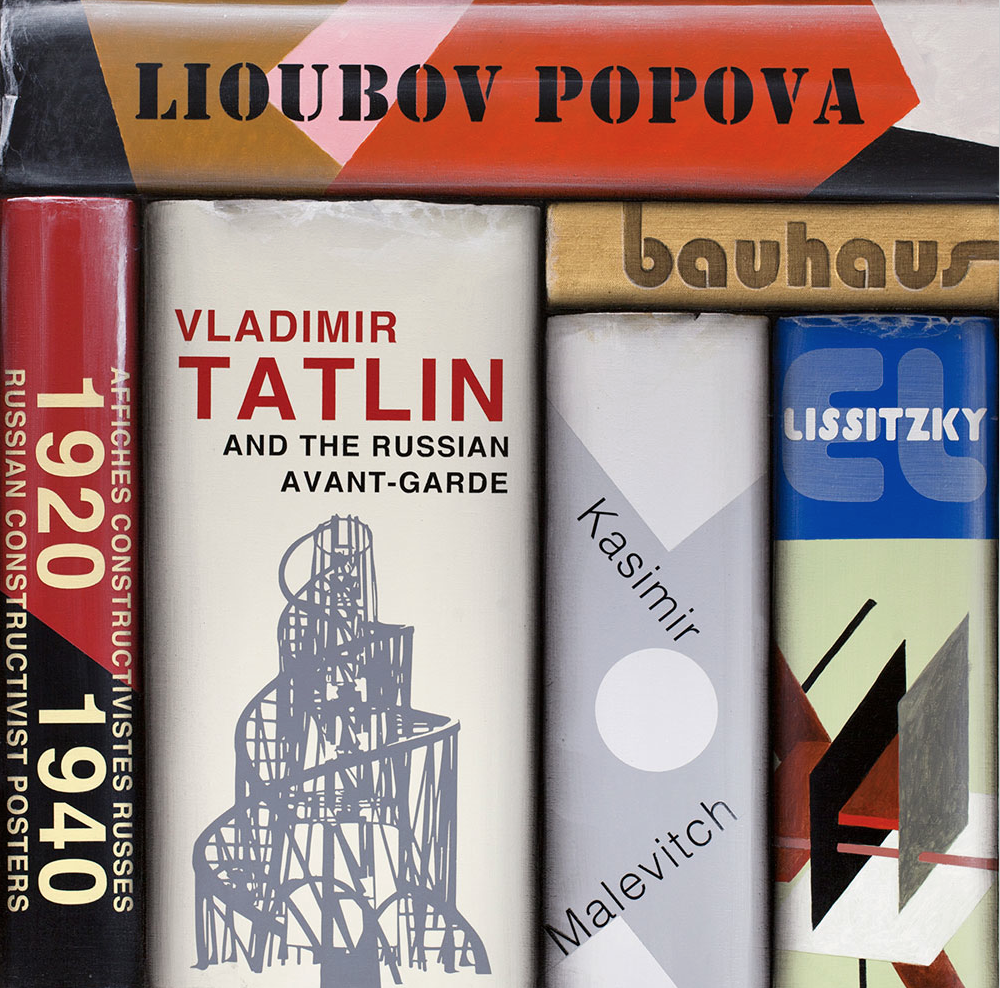
Beliveau, dreamy books
Odile Tremblay October 1, 2016
I have at home a large horizontal work, almost monumental, the painter and engraver Paul Béliveau Quebec. This is an artist’s work, giclee on Arches paper, printing on photo, showing two books lying back on black background: The swallowed and swallowed the Océantume The Réjean Ducharme, in their original editions Gallimard yellowed , dog-eared, with a very modern frame which contrasts. The red of the title of the swallowed swallowed was insipid, now pink and almost unreadable, just like the 1966 book found in a used bookstore.
The table reflects the passage of time on the beloved volumes, re-read and then abandoned by their owners: hence their lying. This is at least my reading of this work then, especially as it participates in the Vanitas series Béliveau, set in motion in 2002, which was to bring him fame and enthroned on sixty solo exhibitions his work here and elsewhere.
In the current iconography, the vanitas, or vanity, since the Middle Ages depicted in still lifes by a skull and damaged objects – books, globes, musical instruments, etc. – Evoke the pleasures, passions and ephemeral possessions of life, once their fallen rays.
When the Minister of Culture, Luc Fortin, acknowledged last month the release of The falling away of swallowed as a historic event, I looked up, bowing his representation to the wall. But I reserve him my hat off on November 16, when the fiftieth anniversary of his birth.
Few painters books today. And when I came to Paris, on the quays, the most naive watercolor by an unknown artist depicting back of worn volumes, I also acquired as spoils of war. The objects may communicate with each other, at least I like to think, and what books duo framed, hung on each of their board needs to exchange confidences night, spanning the libraries of my living room.
The gallery Bellefeuille, Montreal who sells the works of Paul Béliveau on Greene Avenue, sent me the other day a copy of his latest acrylic on canvas. They represent spines yet, but standing, colorful, not yellowed, one mixing works on Giacometti, Vermeer and Andy Warhol, the other a tribute to Russian Constructivism, whose alloy backs of books on this topic composed a new array of the same school.
Images on the Web
Sewing up, I called the artist who lives in Quebec, while being represented by galleries in New York, Montreal, Vancouver, London and Boston. Some of his hyperrealistic montages represent Québec books, other books of the pop American, or French. Often languages, ages and origins mix it, and it is not surprising to find Fables of La Fontaine mated to The Jungle Book by Rudyard Kipling as well as works on Pinocchio or Bugs Bunny.
Apart from his works designed from Prints, Paul Béliveau said not represent real books. He plays with the images on the Web, reworks the flash effect on various hues, and the back side by side works end up looking like blankets. Paul Béliveau assures me not to faint books, companions of a lifetime.
“I like to create links between them and something else, he said. By alongside moments of silence and colorful times. ”
He speaks of works of his series The humanities, exposed from October 8 to Sherbrooke Museum of Fine Arts. Several address the great architectural legacy of mankind, threatened and destroyed by wars in Palmyra, Aleppo and elsewhere. It also has two burnings, volumes stack to the wafer and back burned, which can not guess the content. These books are doubly become “vanitas”. “A tribute to the culture we are trying to kill,” says the artist. It evokes the futuristic novel Fahrenheit 451 by Ray Bradbury, brought to the screen by Truffaut, a disturbing news.
Melancholy and metamorphosis
“In the nineteenth and early twentieth centuries, he recalled, represent books was still current. “And to evoke the genre painters, so fond of objects, still life Ozias Leduc, who took the theme sometimes on a tablet.
“In the nineteenth and early twentieth centuries, he recalled, represent books was still current. “And to evoke the genre painters, so fond of objects, still life Ozias Leduc, who took the theme sometimes on a tablet.
“They symbolize knowledge, knowledge. I did not want to express books examined. It gives them a withered hand. I work with quotes by appropriations, it based on the reputation of an artist on souvenirs, objects with a cultural baggage, “says Paul Béliveau.
The against-culture is the appointment of its themes, the years flowers San Francisco jazz, Warhol and his henchmen, the Roaring 60s and 70s, with inroads to the old securities dealing in general philosophy and visual arts.
He admits Proustian, for the beauty of the language of the author of the research. The paintings of Paul Béliveau madeleines are also open their doors on lost time. “Sure they send a signal melancholy, nostalgia object I held hands, he should. Of course the book is threatened. But it is also a festive side to play with him. The passage of time is used as a design element. ”
Ironically or new footprint etched on his palimpsest, the screen has replaced books in his iconographic research. Initially it was feeding three or four libraries, but hardly makes it. “I go on Google, says he. When I started my series it was twenty years ago, we found nothing. Today, quality, image resolution are wonderful. Digital printing was a release for me. No need to get out of my studio. The information is there, ready to all metamorphoses. ”